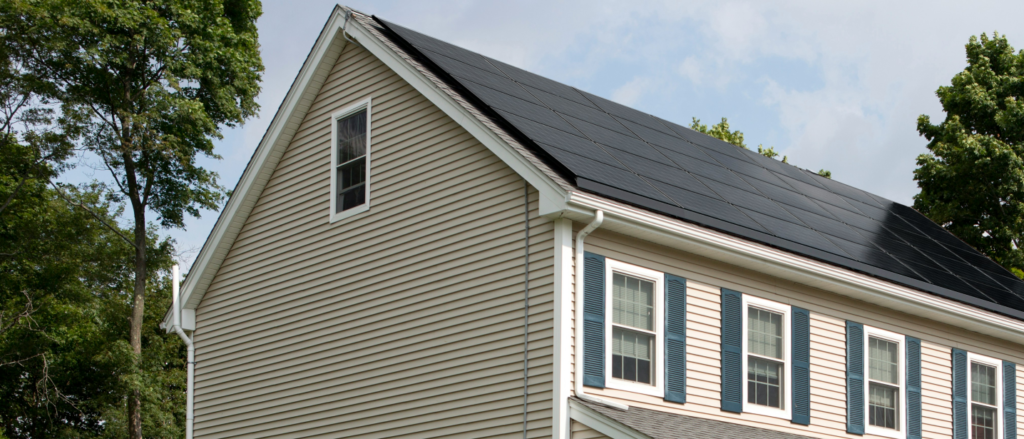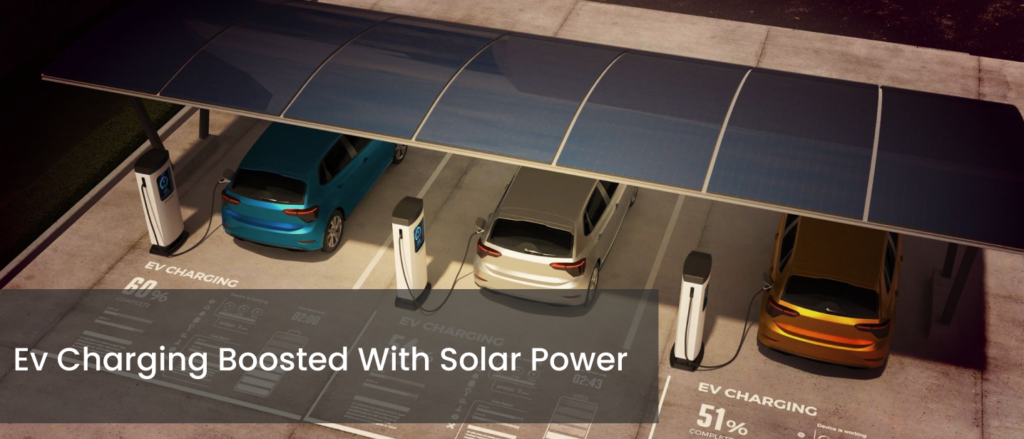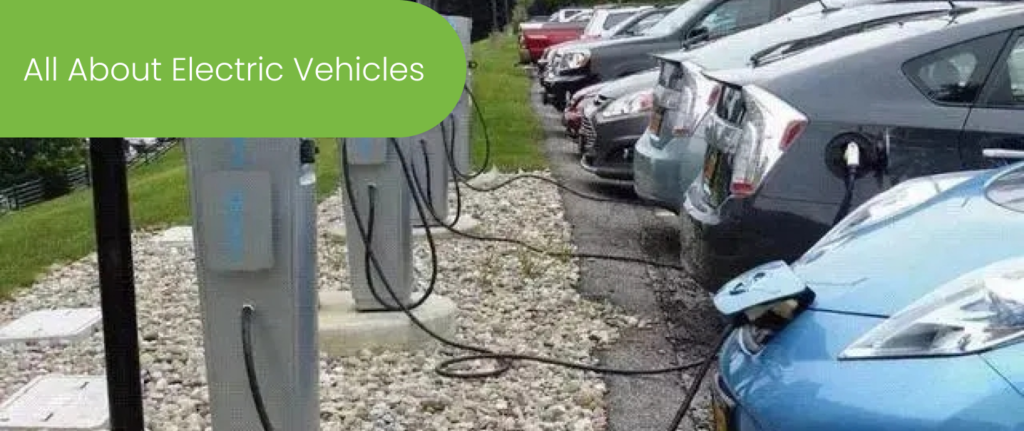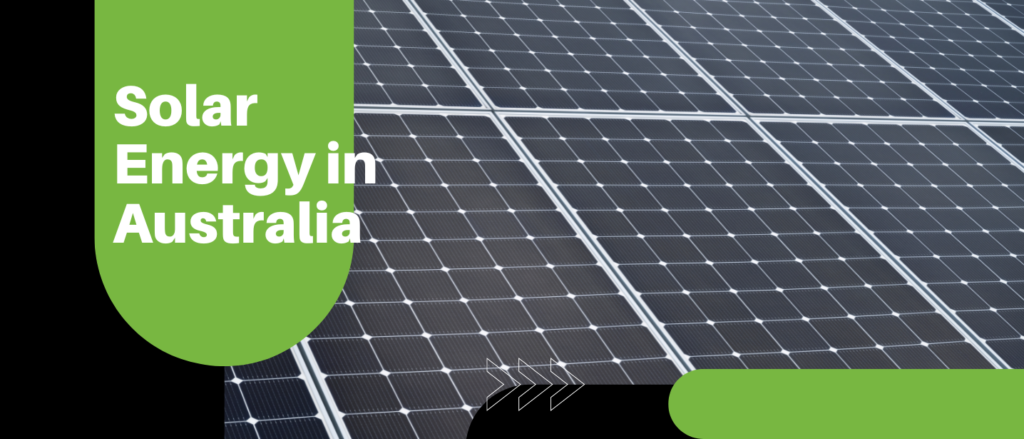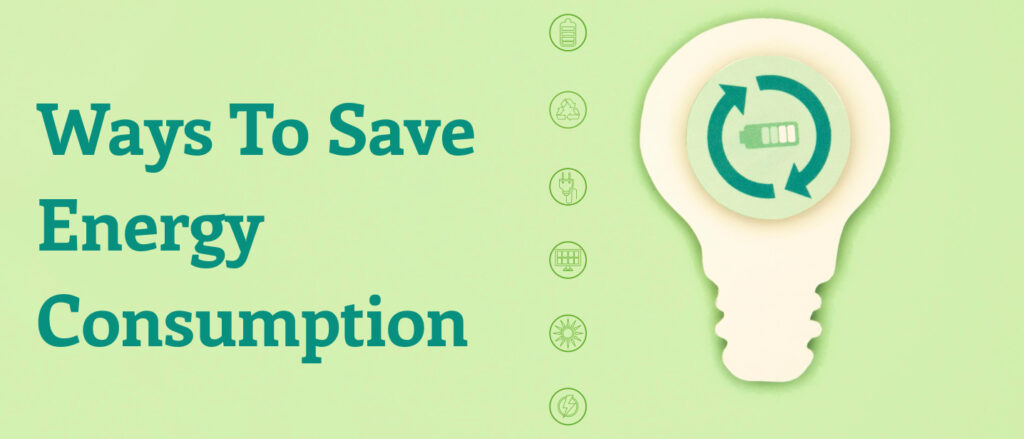Australia has also shown a strong interest in proper energy implementation, especially that of green energy, thus minimizing costs and conservation of the environment. Based on the study conducted by The Australian National University found that major Australian states/territories are on the journey to attain a higher level of renewable electricity, which is anticipated to achieve 50% by 2024 and 100% by 2032.
All in all, as Australia intends to shift to zero carbon emissions by 2050, then solar energy is going to be of immense importance. Some of these companies, like ESA Solar Experts, are ensuring that they offer quality panels as well as market-ready solutions to optimize the benefits of solar panel usage in the long term.
Looking at the future of solar power in Australia, one thing is certain: there has been progress, and certain milestones have been achieved. As per the data available and the current trends, the commercial rooftop solar deployments hit 1. 47GW, for the first time, is more than the quantity of residential buildings in the market, which constituted 1. 35 GW. Solar panel installation is a growing market even though it is still in the process of evolution due to its relevance in environmental conservation in line with the policies and legislation of Australia.
Key Factors Driving the Growth of Solar Energy in Australia:
1. Cost Reduction for Solar Installation:
– Solar power has been known to experience a dip in prices over a couple of years, thus making it more appealing to consumers in Australia.
– Factors that keep driving the costs down include increased development in technological innovation, enhanced production, and strong competition in the solar industry.
2. Government Support:
– The use of solar energy is encouraged by the Australian government through different funding mechanisms or rates accorded in bonuses.
– Programs that are set on a national level encourage the use of solar panels, for instance, through rebates, taxation insignia and feed-in tariffs, to ensure the use of solar is economically possible and assist in the realization of emissions goals.
3. Abundant Solar Resources:
– Australia receives a large amount of sunlight year-round, and this provides the best site for solar energy sources.
– The climatic conditions that are associated with solar panels help in synthesizing efficient electricity from them.
4. Rapid Growth in Rooftop Solar Capacity:
– According to the Integrated Solar-Protective Scheme of Australia, at least 20 GW of rooftop solar power was expected to be present in 2022 in residential, commercial, and industrial applications, and the country’s goal was to double rooftop solar every three years.
– Some of the drivers include the declining cost of the equipment, governmental incentives, and the existence of a favourable climate from the sun favouring the adoption of solar products.
Solar Energy Trends in Australia for 2024:
1. Continued Growth of Rooftop Solar:
Besides, since rooftop solar PV systems are cheap and there are some government rebates, many people will continue installing rooftop systems in a bid to cut down their electricity costs.
2. Growth of Large-Scale Solar:
– Management sees large-scale solar undertaking deployment as critical in managing expenses and improving the economies of corporations.
3. Development of New Solar Technologies:
– Continuous investment remains in the discovery and development of other technologies like perovskite-based cells with the view of bringing down the capital expenses incurred on installation and efficiency.
4. Integration of Solar with Other Energy Technologies:
– Solar energy is becoming integrated with storage systems, batteries, building systems and even electric vehicles to form an endless energy cycle.
The prospects for the future development of solar energy in Australia are optimistic, and its growth and development in 2024 and subsequent years are expected to continue and intensively advance.
Several factors contribute to the positive outlook for solar energy in the country:
1. Increasing Affordability:
– This shows that as there are enhancements in the context of solar technology and the competition among solar companies, there is an increase in demand for solar installation, which will affect the overall cost of the installation.
– This is closely related to the fact that price plays an important role in the increase in the number of families and companies that use solar energy.
2. Government Policies and Incentives:
– The Australian government, which has been committed to increasing the generation and use of renewable energy such as solar power, is likely to remain firm.
– The existence of possible inducement measures, such as rebates or financial incentives, and supportive policy measures will, in all probabilities, remain paramount influences to individuals’ or businesses’ decisions to invest in solar installation.
3. Technological Innovations:
– Further studies about solar technologies may provide additional light on how new technologies may impact the solar industries and make solar panels cheaper and more efficient.
The 4th generation of solar cells may capture the future of solar energy, the development of new solar cell materials and electronic materials, increased efficiency of solar cell materials, and the development of better energy storage systems.
4. Integration with Energy Storage:
– It is also predicted that the synergies between solar PV solutions with energy storage systems, including batteries, will grow further.
– Battery storage is employed purposely so that users can store solar-generated energy for later use, and this reduces the use of electricity from the grid during evening or night periods.
5. Smart Grid Integration:
Upgrades and development of the smart grid will make it easier to incorporate solar power into the overall circuits.
—Smart grids help in the effective utilization of power distribution systems to optimize the utilization of solar energy and, over time, enhance the strength of the grid.
6. Community Solar Projects:
– Decentralized commercial projects that involve group funding designs for the installation of solar systems in homes or commercial buildings may be next.
– These projects encourage public participation and involve the community in the generation and use of renewable resources, thus benefitting sustainability objectives.
7. Decentralization of Energy Generation:
– Several trends include the decentralization of energy generation by more consumers and businesses resorting to solar power production through installations on rooftops and other structures.
– This trend helps erode centralized power plants and makes the energy grid system less vulnerable and more distributed.
8. Emphasis on Sustainability and Emission Reduction:
– The aim for sustainability and cutting on greenhouse emissions as a country will cause Australia to embrace solar energy as a way of having renewable energy sources.
– Solar energy will play a crucial role in ensuring that Australia reduces its reliance on fossil-based energy sources and attains its renewable energy and carbon neutrality vision.
In conclusion, the prospects of developing solar power in Australia are linked to the constantly decreasing cost of solar power, state initiatives, frequent advances in the sphere of technology, and shifts in focus to a sustainable future. Proposal: Solar energy Australia Solar energy has witnessed steady growth in installations and storage, and smart grid technology makes solar energy one of the biggest contenders in the Australian energy market.
FAQs:
In more detail, the following questions will be answered:
1. What is the current status of solar energy utilization in Australia?
Australia has revealed itself as a leader amongst nations in the rate of installation of solar energy systems, especially in the last decade. By 2024, there will be over 3 million rooftop solar systems across Australia, and approximately 69 per cent of Australia’s households are currently using solar energy. The reasons that have led to the increased use of solar products include high irradiance levels, reduced costs in sourcing the products and supportive policies from the government. Similarly, utility-scale applications of solar systems significantly feed into the national grid and support record achievements in new renewable energy capacity deployment.
2. In connection with the above, the following are some of the current government policies and incentives that help in the promotion of solar energy in Australia:?
Several government policies and incentives have bolstered the growth of solar energy in Australia:
Renewable Energy Target (RET):
Its main goal is to diversify the energy supply mix and have at least 50% of electricity generated from renewable power by 2050. The RET has been a significant tool in the development of solar projects, small and large, everywhere.
Small-scale Renewable Energy Scheme (SRES):
Supports households and small businesses in adopting solar systems through Small-scale Technology Certificates (STCs) based on the financial reward for the developers.
State-specific programs:
Additional forms of incentives include subsidies, tax rebates and feed-in tariffs; they differ from one state to another. For instance, Victoria still runs its Solar Homes Program, which offers rebates for solar panel installation, while South Australia permits battery storage incentives.
3. What are the chief issues that have an impact on the solar energy industry in Australia?
Despite its growth, the solar energy sector in Australia faces several challenges:
Grid integration:
One of the major issues associated with fluctuations in renewable power generation, such as solar energy, is stabilizing the power grid, and this means the grid must be strengthened or the design of the electrical grid and incorporate energy storage systems in order to provide a stable electricity supply.
Regulatory and policy uncertainty:
Government policies or incentives associated with the development of solar projects could be affected, and such disturbances can significantly influence finances associated with new solar projects.
Land use and environmental concerns:
Large-scale plants are rather resource-intensive in terms of land; using it for solar farms may cause tensions within the area designated for agriculture or nature conservation.
Technological and financial barriers:
Although the costs associated with the implementation of solar technology have gone down, the first charges and the sources of funds needed in this line of business may not be readily available to most consumers and small business entities.
4. Which new technologies are leading to the development of solar power in Australia?
Several technological advancements are expected to drive the future of solar energy in Australia:
Energy storage solutions:
New battery storage such as Tesla’s Powerwall and other large solar and battery schemes are vital to overcome the variability of solar energy and to help balance the grid.
Advanced photovoltaic technologies:
Solar power technology is advancing thanks to developments in solar panel systems and technologies such as bifacial programs and perovskite systems, which may provide additional power output.
Smart grid technology:
New generation smart grid tools and meters are being used to monitor and utilize solar systems for efficient distribution.
Integration with other renewable sources:
Integrating solar with wind storage and hydroelectric energy, along with research on using solar to generate hydrogen as well, can reduce dependence on solar energy and add to a more stable energy system.
With such progress and further support from policies and concerns of the end users, solar energy will remain one of the key focus areas in the transformation of Australia to a sustainable energy production system.

